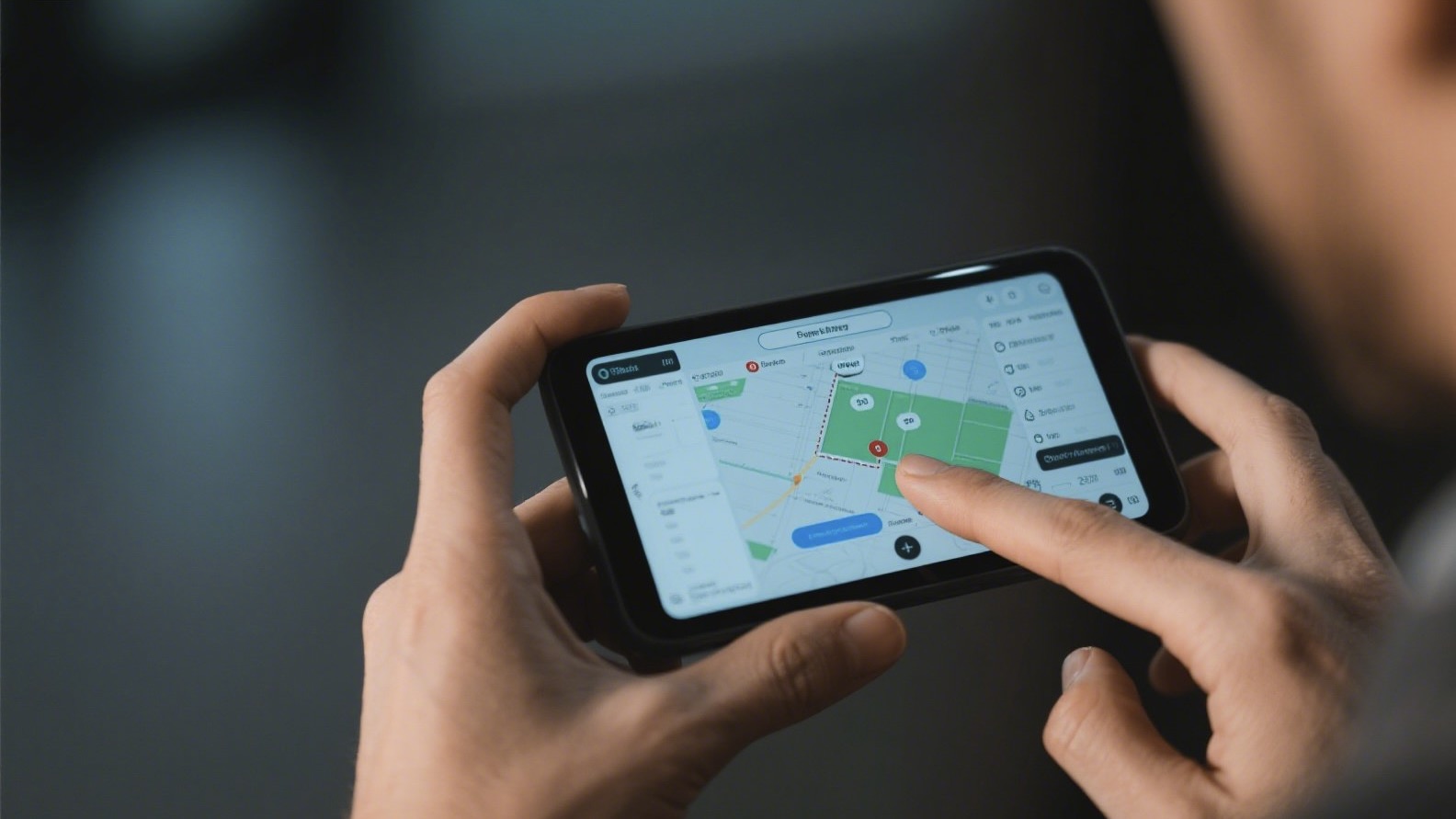In today’s business world, software tools help manage tasks. Therefore, this guide explores different tracking software. In it, we explain their core functions and how they boost efficiency.
Introduction: The Importance of Tracking in Business
Success in any business depends on monitoring progress. In addition, managing resources and clear communication are vital. As operations grow, manual methods, for example, become inefficient. Consequently, this approach is also prone to error. This is where tracking software becomes essential. Specifically, these tools offer structured systems to oversee your business. Ultimately, they are not about watching employees. Instead, they focus on creating transparency and improving workflows. They also help you make data-informed decisions.
What is Tracking Software? A General Overview
Tracking software is a type of digital tool. With it, you can monitor and manage various activities. The “what” you track can vary greatly. For instance, you might track a project’s progress. You could also track the hours an employee works on a task. Additionally, you can monitor sales leads or vehicle locations. The main goal is to provide a central, real-time view of operations. As a result, this helps identify bottlenecks and allocate resources well. It also ensures teams meet objectives on schedule.

Key Categories of Tracking Software Tools
The term “tracking software” is broad. Therefore, understanding its categories is helpful. This way, you can identify which solution fits a specific business need.
- 1. Project and Task Management Software
This is a very common type of tracking software. For example, these tools help teams plan and execute projects. In practice, users can create tasks and assign them to team members. They can also set deadlines and track task progress. This happens through stages like “To Do,” “In Progress,” and “Done.” Platforms like Trello or Asana are well-known examples. Essentially, they provide visual boards and timelines. These features, in turn, give everyone a clear view of the work’s status.
- 2. Client Relationship Management (CRM) Software
For sales and service-focused businesses, tracking clients is essential. In fact, this is the main function of a CRM. It tracks every interaction with a customer. This includes everything from the first contact to after-sale support. A CRM system stores important client data and communication history. Furthermore, it logs purchase records and the status of sales leads. Because of this, sales teams use this data to nurture leads. Similarly, marketing teams can personalize campaigns, while support teams can also provide better service.
- 3. Time Tracking Software
This software helps you monitor time spent on tasks and projects. So, it is very useful for agencies and freelancers. They often bill clients by the hour. However, companies can also use it internally. For them, it helps understand how teams allocate time. This, in turn, improves productivity and resource planning. Tools like Toggl, for example, allow users to start and stop timers for tasks. They then generate detailed reports on time usage.
- 4. Asset and Inventory Tracking Software
Businesses managing physical goods find this software crucial. This includes, for instance, retail stores and manufacturing plants. It monitors stock levels and tracks the movement of goods. In some cases, it can even automate reordering. This happens when stock falls below a certain level. This ensures, of course, that a business does not run out of popular items. It also prevents overstocking on slow-moving ones. Ultimately, these actions optimize cash flow and storage space.
How to Evaluate Software Tools for Your Needs
Choosing a software tool is an important decision. Indeed, no “one-size-fits-all” solution exists. What works for one company may not suit another. Therefore, when exploring options, it is helpful to consider several factors:
- Define Your Specific Needs: First, clearly define the problem you want to solve. For example, do you need to manage clients, track projects, or monitor time?
- Consider Scalability: Next, think about if the software can grow with your business. A tool for a small team may not work for a large one.
- Check for Integration: Also, investigate how well the software works with your existing tools. Seamless integration saves time and prevents data silos.
- Evaluate User Experience: Finally, remember a powerful tool is useless if it is too complex. An intuitive interface is important for team adoption.
Conclusion: Information as the Foundation
Ultimately, tracking software is about one thing: clear, accessible information. This information might be about a client’s history or a project’s status. Or, it could be about how a team spends its time. In essence, this data empowers teams to work smarter and more efficiently. Understanding the different tools available is the first step. After that, evaluating them based on your needs will help you find a solution that truly supports your business.
